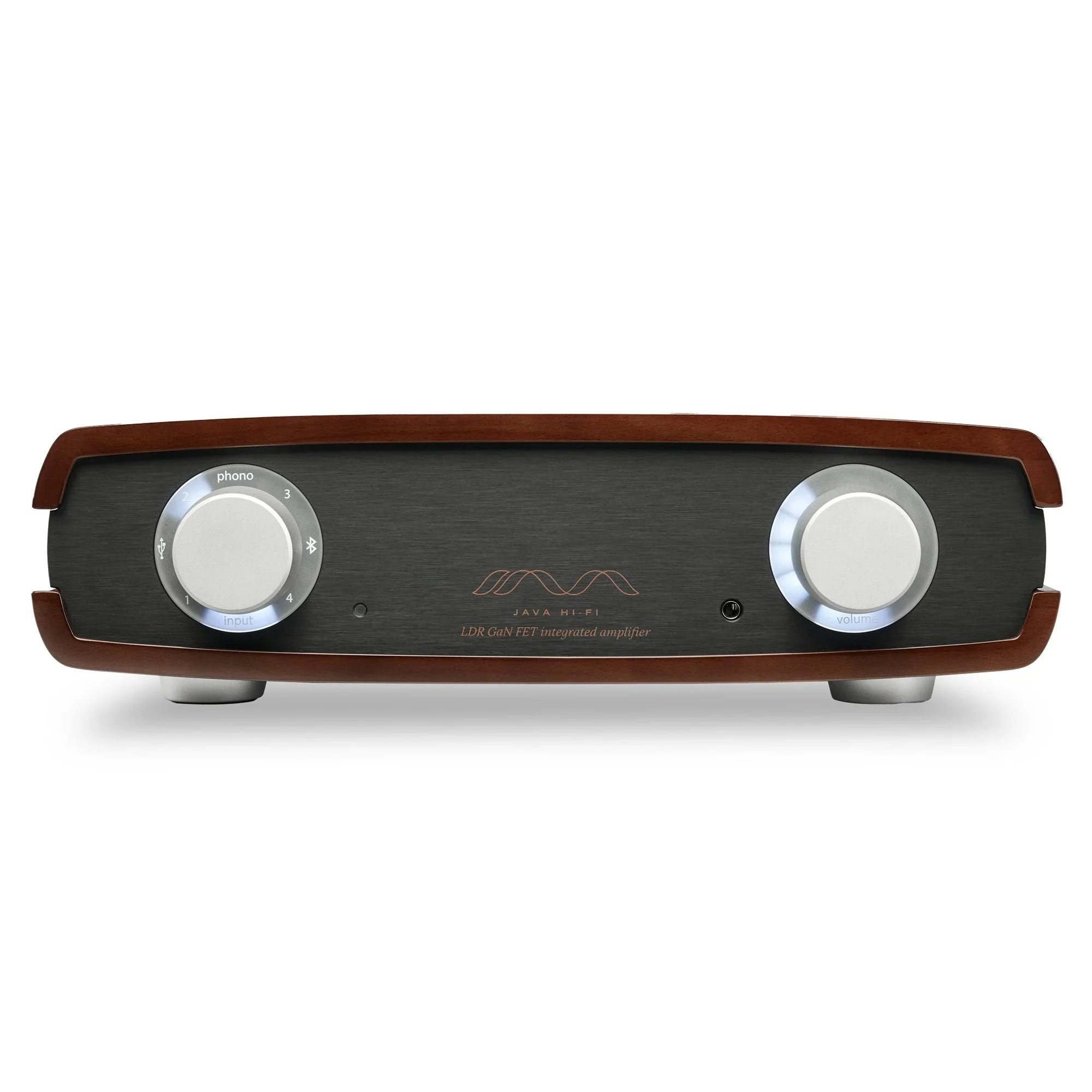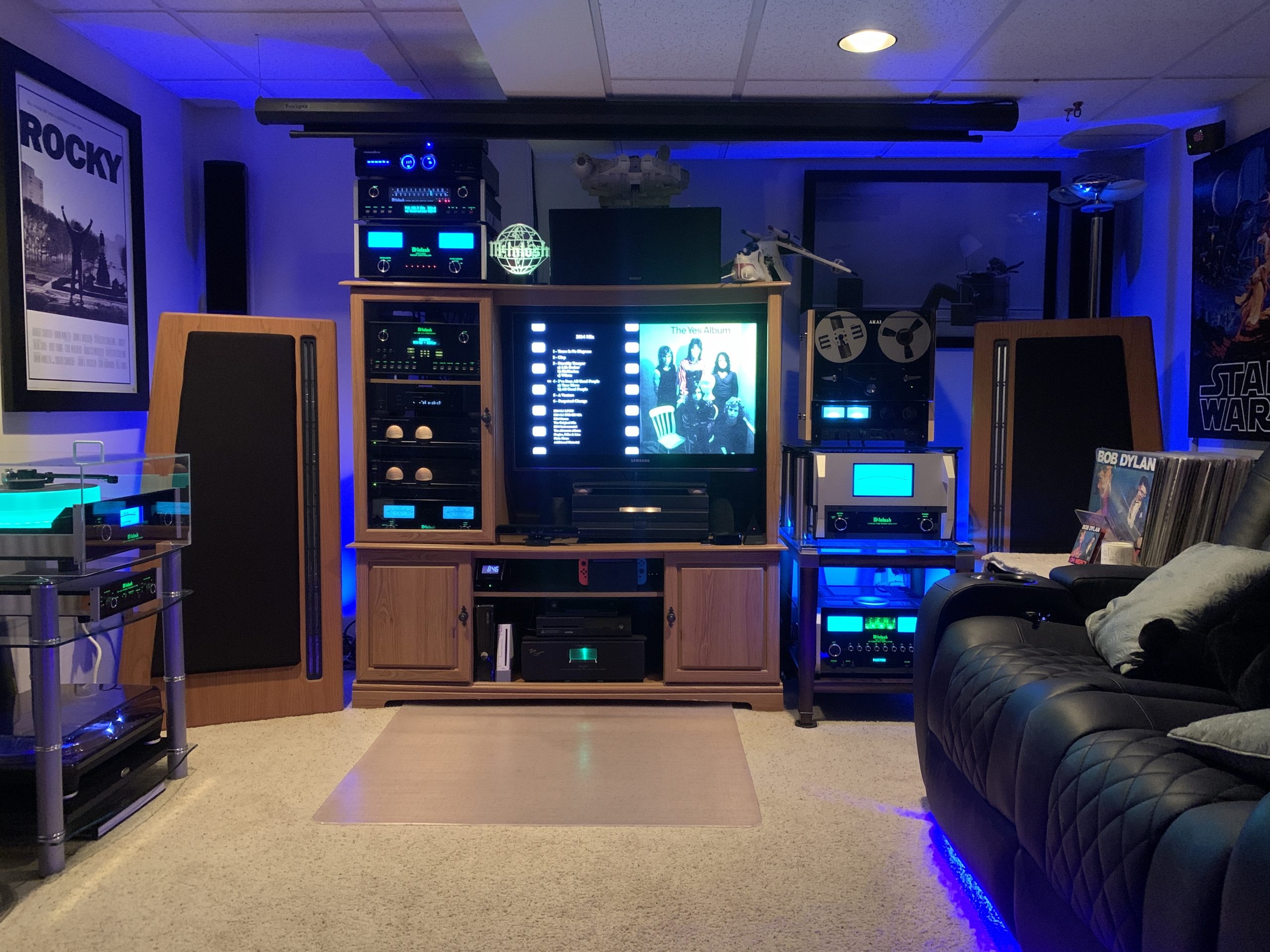
Streaming Services Compared: Which Offers the Best Sound Quality?
Streamlining services have evolved as the primary form of access for consumers to their preferred songs in the era of digital music. Having so many platforms, music lovers sometimes question which one offers the finest sound quality. A good Stereo System can make a significant difference in this regard. Examining the audio formats, bitrates, and general listening experience of notable streaming services, this section examines their sound quality.
Understanding Audio Formats
Most streaming services balance data use and quality by using several compression methods to effectively transmit music. Among common formats are MP3, AAC, FLAC, and ALAC. By clearing some audio data, lossy formats such as MP3 and AAC lower file sizes, therefore compromising sound quality. By comparison, lossless formats like FLAC and ALAC preserve all audio data, therefore offering a richer listening experience.
Bitrate Matters
Sound quality depends much on bitrate since it shows the audio data transferred per second. With popular ranges between 128 kbps (kilobits per second) and 320 kbps for lossy formats, higher bitrates usually result in greater sound quality. Usually with bitrates above 1,000 kbps, lossless formats have Particularly for genres with complex soundscapes, such as classical or jazz, streaming services with high-bitrate choices give an improved listening experience.

The Role of Streaming Protocols
Furthermore, affecting sound quality are streaming techniques. Certain businesses use innovative streaming technologies to provide flawless playback and better audio quality. Adaptive streaming, for example, changes audio quality depending on the user’s internet speed, thereby guaranteeing continuous listening. For those who use premium audio equipment, especially, services supporting high-resolution audio formats can provide a remarkable experience. The whole enjoyment of music can be improved by means of streaming lossless audio via a steady connection.
User Experience and Device Compatibility
The best sound quality is ultimately matched by a first-rate user experience. Features that improve user interaction with their music include well-chosen playlists, customized recommendations, and simple interfaces. Compatibility with many devices—including smart speakers, tablets, and smartphones—ensures that customers may experience premium music anywhere they go. Certain services have specific apps meant for high-fidelity playing, which can clearly improve or worsen sound quality.
Personal preferences and listening practices will determine which streaming service best suits sound quality for your Stereo System. Though bitrates and audio formats are crucial, the whole experience—including user interface and device compatibility—also greatly influences. Knowing these components helps music enthusiasts choose a streaming service that fits their preferences, so guaranteeing a better listening experience.


